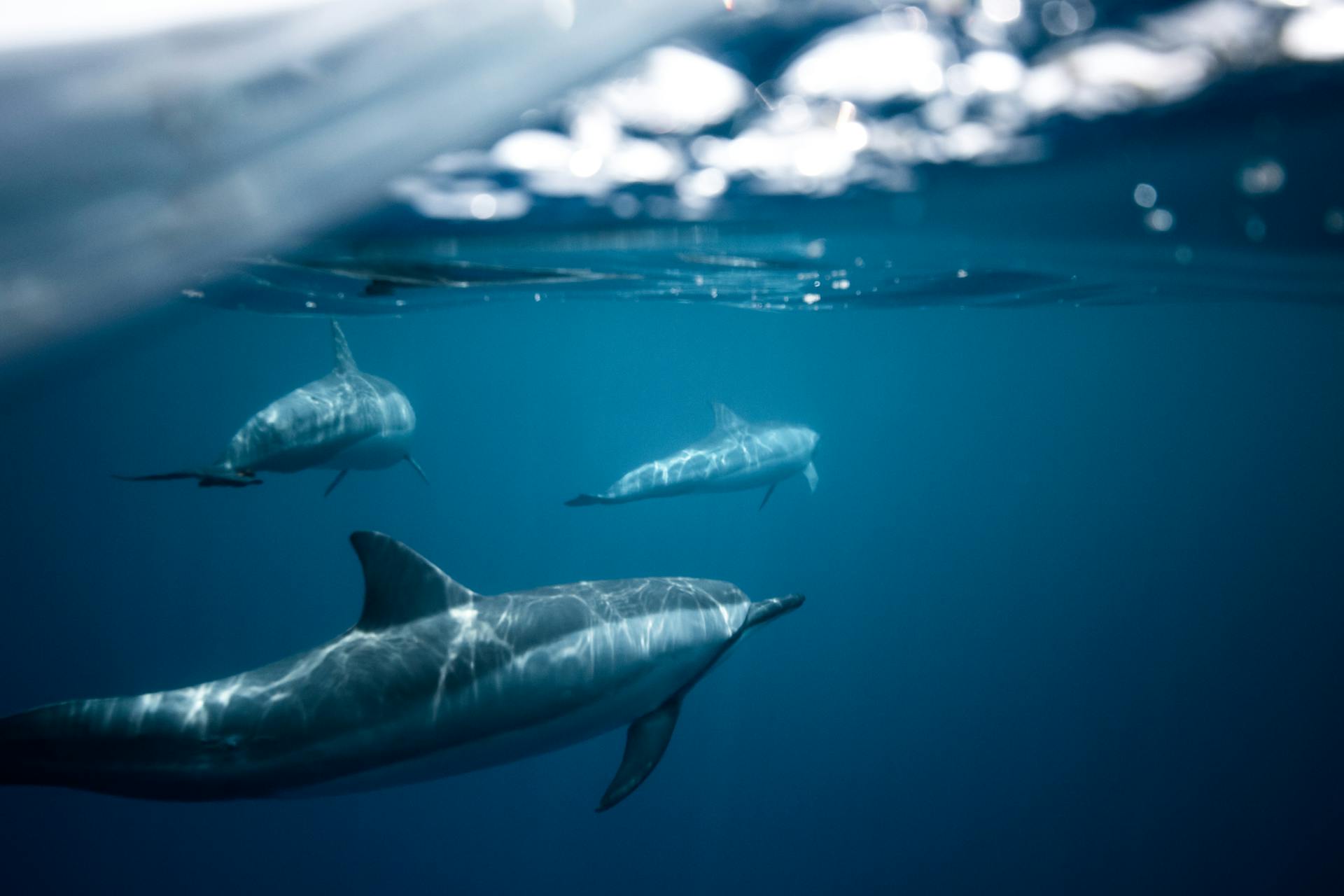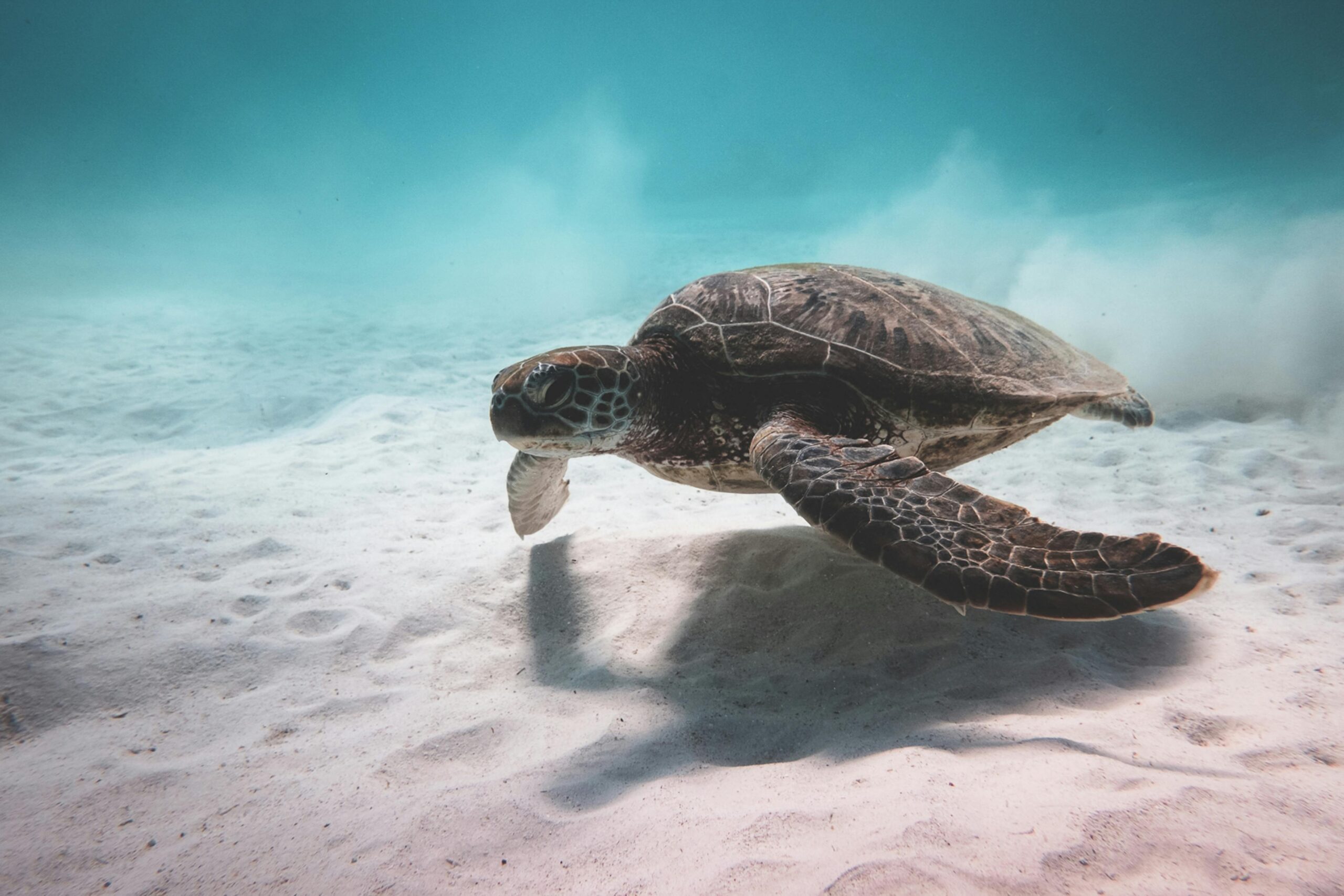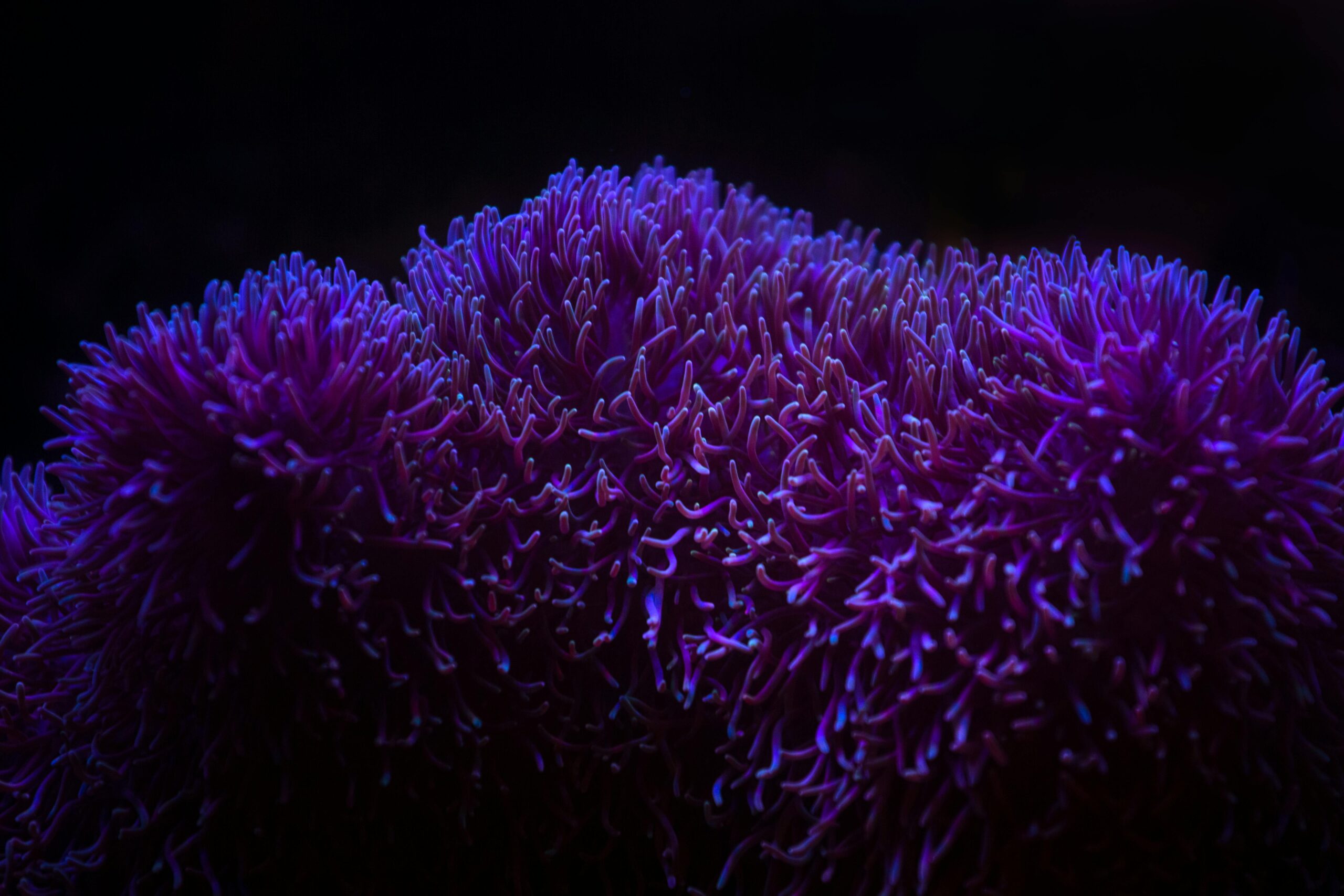Imagine the majestic sight of a humpback whale breaching the ocean’s surface, the playful dance of a pod of dolphins leaping through the waves, or the serene presence of a seal lounging on a sunlit rock. These captivating marine mammals—whales, dolphins, and seals—are not just symbols of the sea’s splendor but are crucial to the health and balance of marine ecosystems. Their graceful movements and complex behaviors capture our imagination, while their roles in the ocean’s food chain and cultural significance enrich our understanding of marine life.
Marine mammals, a diverse group including whales, dolphins, and seals, are integral to oceanic environments. Whales, the giants of the deep, play a key role in nutrient cycling through their feeding and migratory patterns. Dolphins, with their intelligence and social structures, contribute to marine biodiversity and the health of coral reefs. Seals, as both predators and prey, maintain the balance within their aquatic habitats. The ecological roles of these species extend far beyond their beauty, impacting everything from fish populations to oceanic health.
However, despite their importance, these marine mammals face significant threats that jeopardize their survival and well-being. Understanding the challenges they encounter is crucial for fostering effective conservation strategies and ensuring the future of these remarkable creatures. This article explores the major threats to whales, dolphins, and seals, examining how climate change, pollution, and other dangers affect their lives and what can be done to protect them.
Major Threats to Marine Mammals
Climate Change
Climate change poses a severe threat to marine mammals by altering their habitats and food sources. Rising ocean temperatures affect the distribution and abundance of prey, such as krill and small fish, which are vital for species like baleen whales. For example, as sea ice melts due to warming temperatures, polar bears and seals lose critical breeding and hunting grounds, impacting their survival. Additionally, shifting temperatures and changing sea ice patterns disrupt migratory routes and breeding behaviors. For instance, the Arctic gray whale’s migratory path has been altered, affecting their ability to find adequate feeding grounds and reproduce effectively.
Pollution
Pollution is another major threat to marine mammals, with chemical pollutants and oil spills causing extensive harm. Heavy metals and plastics accumulate in the ocean, leading to contamination of the food chain. Dolphins and whales ingest these pollutants, which can result in severe health issues, including cancer and reproductive problems. Oil spills, such as the Deepwater Horizon disaster, have devastating effects on marine habitats. These spills coat the fur of seals, reducing their insulating properties, and poison the water, impacting the entire marine ecosystem. The aftermath of such spills can lead to long-term health problems and population declines among affected species.
Bycatch and Entanglement
Bycatch and entanglement in fishing gear present immediate and severe risks to marine mammals. Many species, including dolphins and seals, accidentally become entangled in fishing nets and lines, leading to injury or death. For example, the incidental capture of dolphins in tuna fisheries has resulted in significant population declines. According to recent statistics, over 300,000 marine mammals die each year due to bycatch. This issue highlights the urgent need for more sustainable fishing practices and effective measures to prevent entanglement.
Commercial Whaling and Hunting
Commercial whaling and hunting have historically caused significant declines in whale populations. Although commercial whaling has been largely banned, some countries continue to hunt whales under the guise of scientific research or for cultural reasons. This ongoing practice affects species such as the North Atlantic right whale, which is critically endangered with fewer than 400 individuals remaining. Conservation efforts to protect these whales have faced challenges due to differing international regulations and ongoing political disputes. The impact of whaling on whale populations underscores the need for global cooperation and stricter enforcement of protection measures.
Habitat Destruction
Habitat destruction due to coastal development and human activity is another significant threat to marine mammals. As coastal areas are developed for infrastructure, crucial habitats for species like seals and sea lions are lost. Additionally, noise pollution from shipping and industrial activities disrupts communication and navigation for many marine mammals. For instance, the increasing frequency of ship traffic has been linked to disturbances in whale communication and navigation, which can affect their feeding and mating behaviors. Protecting and preserving these habitats is essential for the survival and well-being of marine mammals.
Impact of Threats on Whales, Dolphins, and Seals
Whales
The threats facing whales are causing noticeable population declines and endangerment of several species. For example, the blue whale, the largest animal on Earth, has seen its numbers reduced drastically due to past whaling and ongoing threats like ship strikes and entanglement. Similarly, the North Atlantic right whale faces a critical risk of extinction, with fewer than 400 individuals remaining due to ship collisions and entanglement in fishing gear. These declines highlight the urgent need for continued conservation efforts to protect and recover whale populations.
Dolphins
Dolphins are also significantly affected by these threats, impacting their social structures and population stability. The bottlenose dolphin, known for its complex social groups, is facing declines in several regions due to bycatch and pollution. The endangered vaquita, a small dolphin-like porpoise, is critically threatened by illegal gillnets used in totoaba fishing, with fewer than 10 individuals believed to be left. These impacts on dolphin populations not only threaten their survival but also disrupt the intricate social dynamics of these intelligent animals.
Seals
Seals are experiencing challenges related to breeding and population stability due to habitat destruction and climate change. For example, the harbor seal, which relies on specific coastal areas for pupping, is affected by coastal development and pollution. The Antarctic fur seal faces threats from changing ice conditions and competition for food due to shifting prey populations. These challenges impact seal populations by reducing their reproductive success and survival rates, emphasizing the need for targeted conservation efforts.
Conservation Efforts and Solutions
Protected Areas and Marine Reserves
Marine Protected Areas (MPAs) and marine reserves are crucial for the conservation of marine mammals. MPAs provide safe habitats where marine mammals can feed, breed, and migrate without the pressures of human activities. Successful examples include the Channel Islands National Marine Sanctuary, which has helped to recover populations of seals and sea lions, and the Papahānaumokuākea Marine National Monument in Hawaii, which protects critical habitats for various marine species.
Legislation and Policy
International agreements and national regulations play a vital role in protecting marine mammals. Organizations such as the International Whaling Commission (IWC) and the Convention on International Trade in Endangered Species (CITES) have established frameworks to regulate whaling and trade. National policies, like the Marine Mammal Protection Act in the United States, help address issues like bycatch and habitat protection. Strengthening and enforcing these regulations are essential for ensuring the long-term protection of marine mammals.
Research and Monitoring
Ongoing research and monitoring are critical for understanding and mitigating the threats to marine mammals. Advances in technology, such as satellite tracking and acoustic monitoring, provide valuable data on migration patterns, behavior, and health. Research efforts also focus on developing solutions to reduce bycatch and pollution. Effective monitoring helps inform conservation strategies and track the success of protection measures.
Public Awareness and Advocacy
Raising public awareness and advocating for marine mammals is key to fostering support for conservation efforts. Education campaigns, media coverage, and grassroots organizations play a significant role in increasing public understanding and involvement. Successful advocacy efforts, such as campaigns to reduce plastic use and support for marine conservation policies, help drive positive change and garner support for marine mammal protection.
Conclusion
In conclusion, marine mammals face numerous threats, including climate change, pollution, bycatch, commercial whaling, and habitat destruction. These challenges impact their populations and ecosystems, highlighting the need for comprehensive conservation efforts. By understanding these threats and supporting effective solutions, we can work towards a future where whales, dolphins, and seals thrive in healthy and protected marine environments.
Individuals can contribute to marine mammal conservation by making informed choices and supporting environmental initiatives. Simple actions, such as reducing plastic use, participating in beach clean-ups, and supporting sustainable seafood choices, help reduce pollution and habitat destruction. Getting involved with local conservation groups and advocating for policies that protect marine life also makes a significant impact.
Supporting organizations dedicated to marine mammal conservation is crucial. Groups like the Whale and Dolphin Conservation (WDC) and the National Marine Mammal Foundation work to protect marine mammals through research, advocacy, and direct action. Donations, volunteering, and spreading awareness about their work can help bolster their efforts and drive meaningful change.


